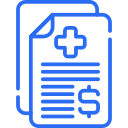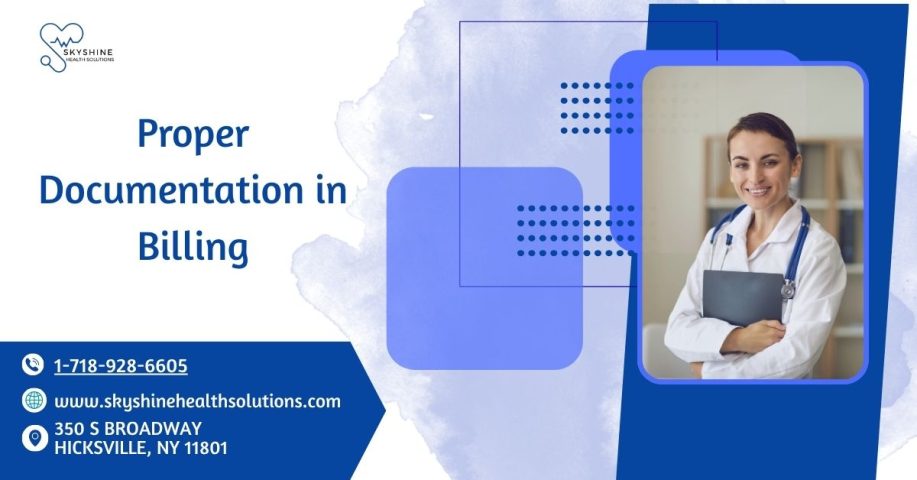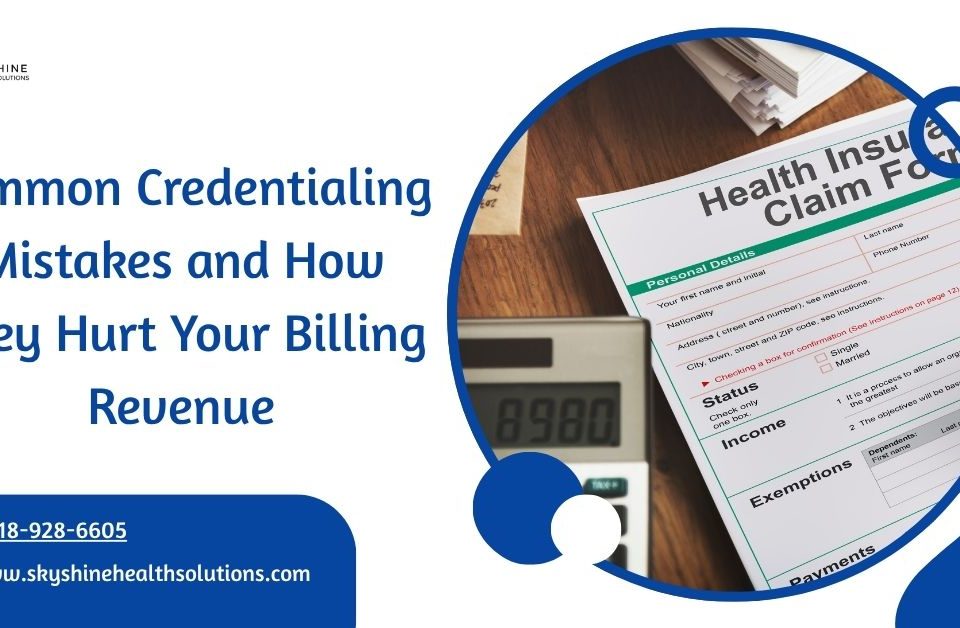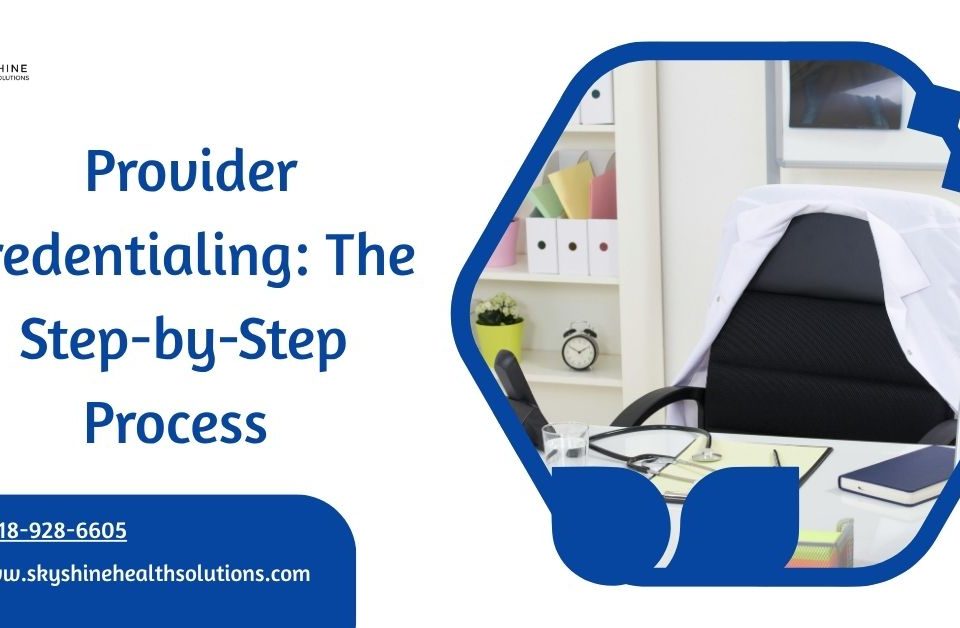
Prepare for a Billing Audit Guide (2025)
June 3, 2025
Common Medical Billing Mistakes Clinics Make
June 11, 2025Proper documentation in billing is vital for healthcare practices to secure timely payments and maintain compliance with regulations. In this guide, we’ll highlight why proper documentation in billing is crucial in 2025, its role in avoiding claim denials, and actionable strategies to improve your processes. Whether you’re a medical coder, biller, or practice owner, this guide will empower you to optimize your billing accuracy.
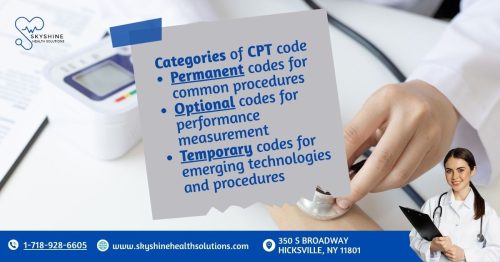
Why Is Proper Documentation in Billing Essential?
To start, proper documentation in billing involves recording detailed, accurate information about patient care to support claims submitted to payers. In other words, it ensures that services billed are justified by clinical records. For example, a claim for a diagnostic test must include notes proving its medical necessity. As a result, strong documentation prevents financial losses and regulatory issues. Let’s explore the key reasons it matters.
Benefits of Proper Documentation
First, thorough documentation drives several critical outcomes. These include:
-
-
-
Faster Reimbursement: Complete records reduce claim processing delays.
-
Reduced Denials: Accurate documentation supports valid claims, minimizing rejections.
-
Audit Readiness: Detailed notes protect against scrutiny during payer audits. For instance, a well-documented claim is less likely to be flagged by Medicare. Therefore, prioritizing documentation strengthens your billing.
-
-
Risks of Inadequate Documentation
On the other hand, inadequate documentation in billing can harm your practice.
Common risks include:
-
-
-
Revenue Loss: Denials or delays disrupt cash flow.
-
Financial Penalties: Non-compliance with CMS or HIPAA rules may incur fines.
-
Reputational Damage: Repeated errors can erode trust with payers and patients. For example, omitting a diagnosis code can result in a denied claim. Thus, sloppy documentation directly impacts cash flow and credibility.
-
-
Components of Effective Billing Documentation
To achieve accuracy, ensure your documentation includes these elements:
-
-
-
Complete Patient Details: Name, insurance ID, and contact information.
-
Clinical Notes: Specific descriptions of diagnoses, treatments, and outcomes.
-
Authorization Records: Proof of prior authorizations when required. Since these components validate claims, they must be precise. In fact, even minor errors, like an outdated code, can trigger rejections.
-
-
How to Strengthen Documentation Practices
To improve your documentation, follow these practical steps:
1. Implement Documentation Templates
First, use standardized templates for clinical and billing records. These should include:
-
-
-
Sections for diagnoses, procedures, and medical necessity.
-
Prompts for mandatory fields like patient demographics. For instance, templates ensure consistency across providers. As a result, claims are less prone to errors.
-
-
2. Educate Your Team
Next, train providers and billing staff on 2025 requirements. Focus areas include:
3. Adopt EHR Systems
Additionally, use electronic health record (EHR) systems to enhance documentation. Benefits include:
-
-
-
Real-time error alerts for incomplete records.
-
Seamless integration with billing platforms. For example, systems like Cerner highlight missing codes before submission. Thus, EHRs boost efficiency and accuracy.
-
-
4. Perform Internal Reviews
Furthermore, conduct periodic reviews of documentation practices. This involves:
-
-
-
Sampling claims to verify coding and note accuracy.
-
Identifying trends in denials or errors. Since reviews uncover weaknesses, they help refine processes. For instance, catching frequent coding mismatches allows timely corrections.
-
-
5. Align with Payer Guidelines
Finally, ensure documentation meets payer-specific standards. This includes:
-
-
-
Including required modifiers or supporting details.
-
Following submission timelines, like Medicare’s 12-month limit. For example, some payers require extra documentation for telehealth services. As a result, compliance with guidelines reduces denials.
-
-
Tips for Maintaining Proper Documentation
To sustain high standards, consider these best practices:
-
-
-
Document Promptly: Record details immediately after patient visits to avoid omissions.
-
Use Clear Language: Avoid ambiguous terms that could confuse payers.
-
Verify Before Submission: Cross-check claims against records for accuracy.
-
Stay Informed: Track 2025 CMS and payer policy updates. By adopting these habits, you’ll maintain robust documentation that supports billing success.
-
-
Final Thoughts
In conclusion, proper documentation in billing is non-negotiable for healthcare practices aiming to maximize revenue and ensure compliance in 2025. By implementing these steps—using templates, training staff, and leveraging EHRs—you can reduce denials and streamline your billing process.
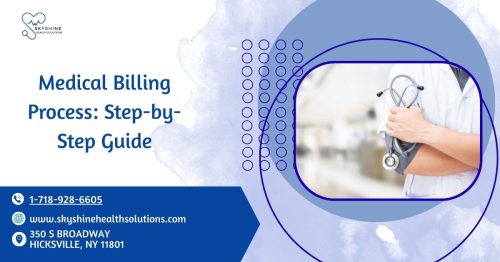
Learn more about Medical Billing Process: Step-by-Step Guide
Have questions? Visit Medical Billing FAQs

